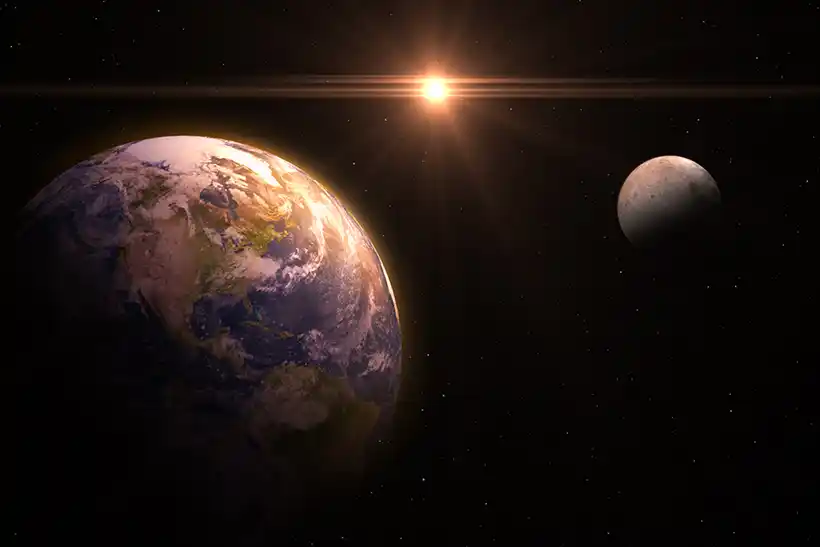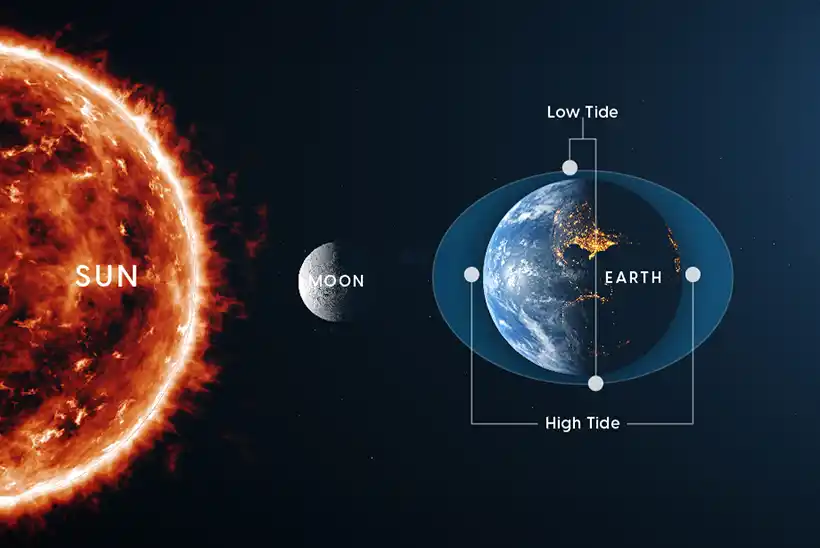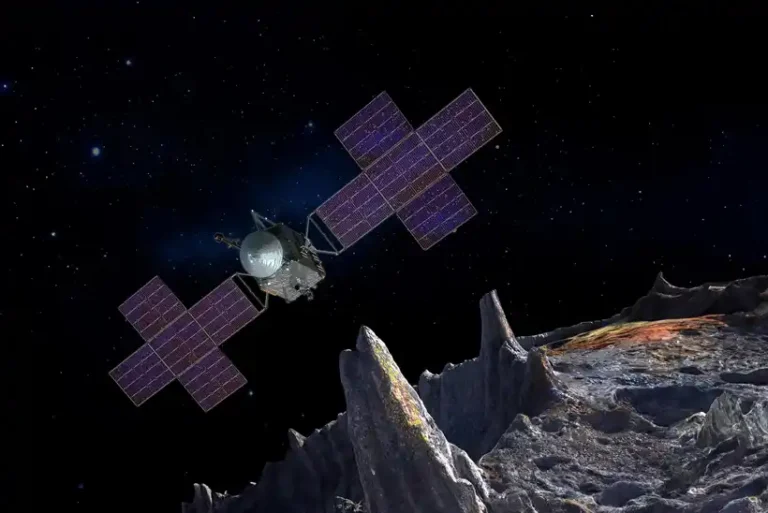
Earth’s orbit around the Sun isn’t as stable as it may seem. The Earth is drifting away from the Sun, despite our perception of its stable orbit. What’s driving this mysterious phenomenon? Let’s delve into the cosmic forces at play.
Tidal Interaction
One explanation lies in tidal interactions between Earth and the Sun. While Earth’s gravity exerts a negligible effect on the massive Sun, the Sun’s immense gravitational pull does influence our planet. This gravitational tug-of-war causes tidal bulges to form on Earth’s surface, subtly altering its shape. However, the most significant impact occurs in the exchange of angular momentum between Earth and the Sun. As Earth’s rotation gradually slows due to tidal forces, a portion of its rotational energy is transferred to the Sun, causing our planet’s orbit to expand slightly over time.
Moon’s Influence

Another factor contributing to Earth’s drift is the Moon’s influence. While the Moon orbits Earth, it’s not a passive bystander in this cosmic dance. The Moon’s gravity exerts a gravitational pull on Earth’s oceans, creating the familiar phenomenon of tides. But it also affects Earth’s rotation. As our planet’s rotational bulge interacts with the Moon, energy is transferred, causing the Moon to gradually recede from Earth. This transfer of energy results in Earth’s orbit expanding and its distance from the Sun increasing incrementally.
Other Explanations
While tidal interaction and the Moon’s influence are the primary drivers of Earth’s drift, alternative explanations have been proposed. Some researchers have explored the effects of solar mass loss over time, while others have considered variations in fundamental constants like the gravitational constant. While none of these alternative explanations are entirely satisfactory, ongoing research holds promise for deeper insights into the complexities of Earth’s orbital dynamics.
In conclusion, The earth drifting away from the Sun is a multifaceted phenomenon driven by a combination of tidal interactions, lunar influence, and potentially other factors. While the effects may seem imperceptible on human timescales, they underscore the dynamic nature of our solar system and the intricate interplay of celestial bodies. Understanding these processes not only enriches our knowledge of the universe but also highlights the interconnectedness of cosmic forces shaping our planet’s journey through space and time.



